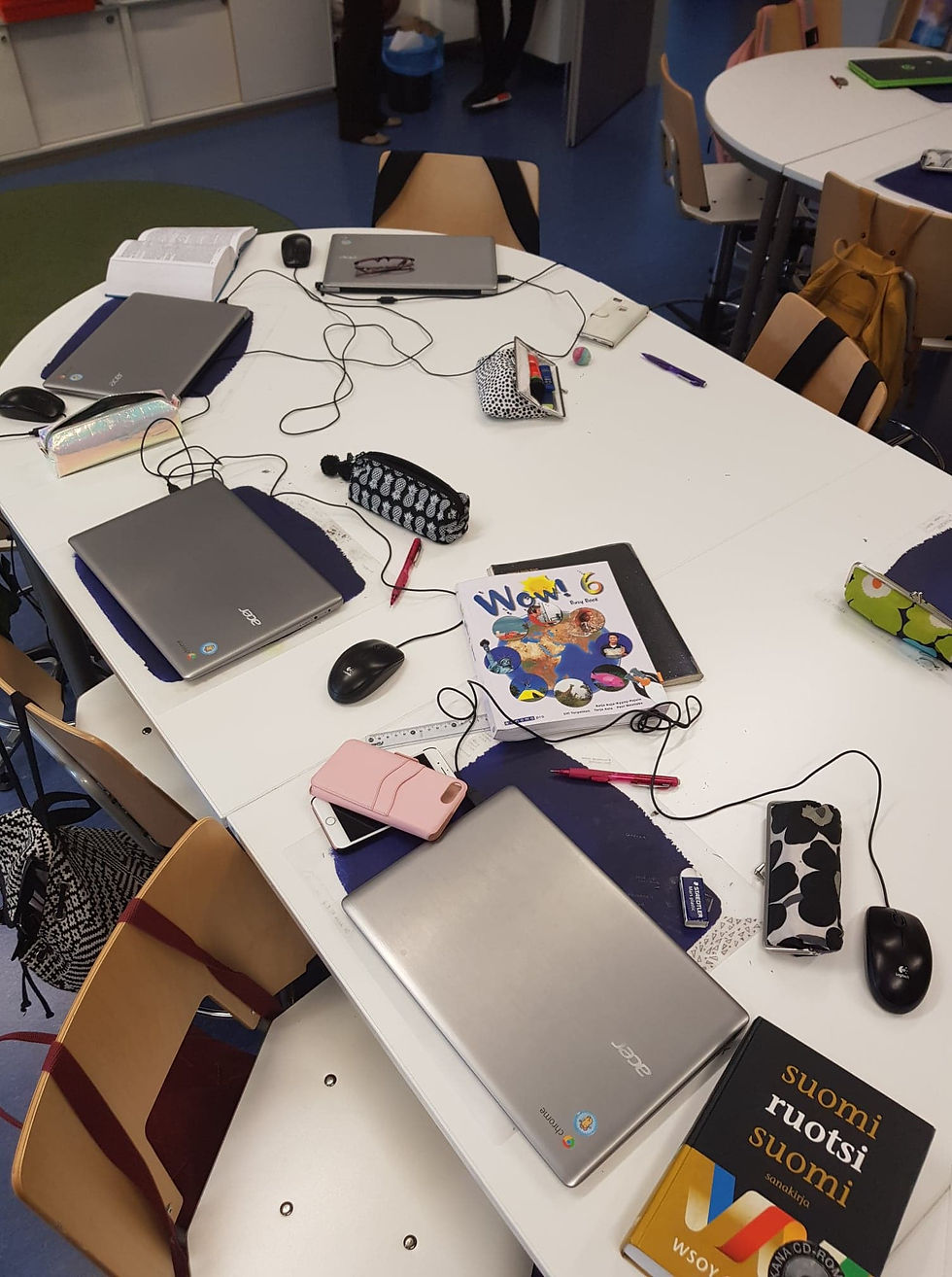Knowledge-Rich vs. Interdisciplinary and Competency-Based Curricula
- Sep 25
- 3 min read

The Limits of a Knowledge-Rich Curriculum
As educators, we cannot ignore the appeal of a knowledge-rich curriculum: it promises access to cultural capital, structured learning, and equal opportunities. But in practice, it is often too rigid and insufficient for preparing students for the realities of today and tomorrow.
Static in a Dynamic World
A knowledge-rich curriculum is grounded in the past. While heritage and foundational knowledge matter, the world our students inherit is shaped by rapid technological innovation and social change. Simply adding more facts to the syllabus is not a sustainable response. We end up with students who can recite knowledge but are unprepared to apply it in evolving contexts.
Fragmentation and Disconnection
By isolating subjects into silos, we deprive students of the opportunity to see connections. Mathematics is separated from science, literature from history, and technology from ethics. But life does not respect these boundaries — so why should learning? A knowledge-rich model risks producing passive learners who miss the bigger picture.
Knowledge Without Agency
Knowing facts is not the same as being able to act. Students often leave school well-drilled in content but ill-equipped to transfer that knowledge to solve real-world challenges. This gap is a fundamental flaw in the model.
Equity in Theory, Inequity in Practice
Advocates claim that giving all students access to the same body of knowledge ensures equity. But without relevance and connection to lived experiences, many students disengage. Those with support at home thrive; others are left behind.
Why Interdisciplinary and Competency-Based Approaches Are Stronger
An interdisciplinary, competency-based curriculum does not dismiss knowledge — it builds on it, but in ways that are more human, relevant, and future-ready.
Integration That Mirrors Reality
Real-world issues like climate change, artificial intelligence, and global health do not belong to one subject. Interdisciplinary learning invites students to connect domains and think holistically, exactly as they will need to in life.
A Compact, Coherent Curriculum
Instead of endlessly adding new topics, interdisciplinary approaches organize learning around big ideas and real-world problems. This makes the curriculum more compact, but also more meaningful: concepts like energy or justice are studied across multiple disciplines, reinforcing depth without creating overload. In this way, connections replace duplication, and students experience clarity rather than confusion.
Interdisciplinary Topic: How We Communicate Knowledge
One powerful example of interdisciplinary learning is the question of how we communicate knowledge. This theme connects language and literature (narrative, rhetoric, expression), history (evolution of communication systems), science and technology (digital platforms, AI, data transmission), and ethics (misinformation, equity of access). It also links directly to physics (sound waves, light waves, fiber optics), biology (the brain, nervous system, evolution of speech, sensory perception), and mathematics (coding, cryptography, information theory). By weaving all these perspectives together, students see not only the facts of communication but also its cultural, technological, biological, and physical dimensions.
Competencies That Empower
Collaboration, critical thinking, and adaptability are not “soft skills.” They are survival skills in the 21st century. Competency-based approaches ensure students can use knowledge, not just store it.
Preparedness for Change
Because the approach prioritizes inquiry, problem-solving, and digital literacy, students learn how to adapt to technological and societal changes. Instead of being outdated, they become future-proof.
Relevance and Inclusion
When learning connects to real experiences and personal pathways, education becomes meaningful and equitable. Every learner has a way in, not just those who already speak the language of academia.
Why Interdisciplinary Learning Matters?
For us, interdisciplinary approaches are not a luxury — they are a necessity.
- They reflect the interconnected reality students live in.
- They deepen understanding by weaving concepts together instead of fragmenting them.
- They compactify the curriculum by streamlining knowledge into coherent, connected learning experiences.
- They motivate learners, who see the relevance of what they study.
- They prepare lifelong learners capable of questioning, investigating, and adapting long after graduation.
We believe the future of education cannot be bound by a knowledge-rich model alone. It risks rigidity, fragmentation, and irrelevance. Interdisciplinary and competency-based approaches open the door to agency, adaptability, and inclusion. The true path forward is not choosing one over the other, but weaving solid knowledge into Humanistic and Investigative Learning Environments (HILE) — where facts matter, but so does curiosity, humanity, and the capacity to act in a changing world.




Comments